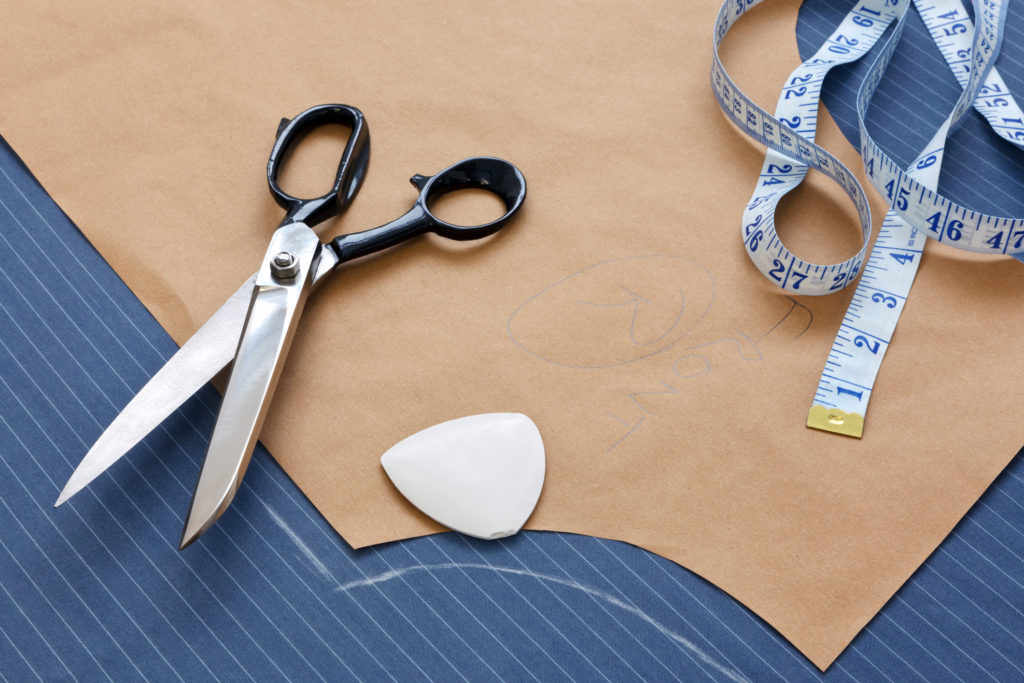Media Training Report 2: Six Ways To Be A Great Podcast Guest
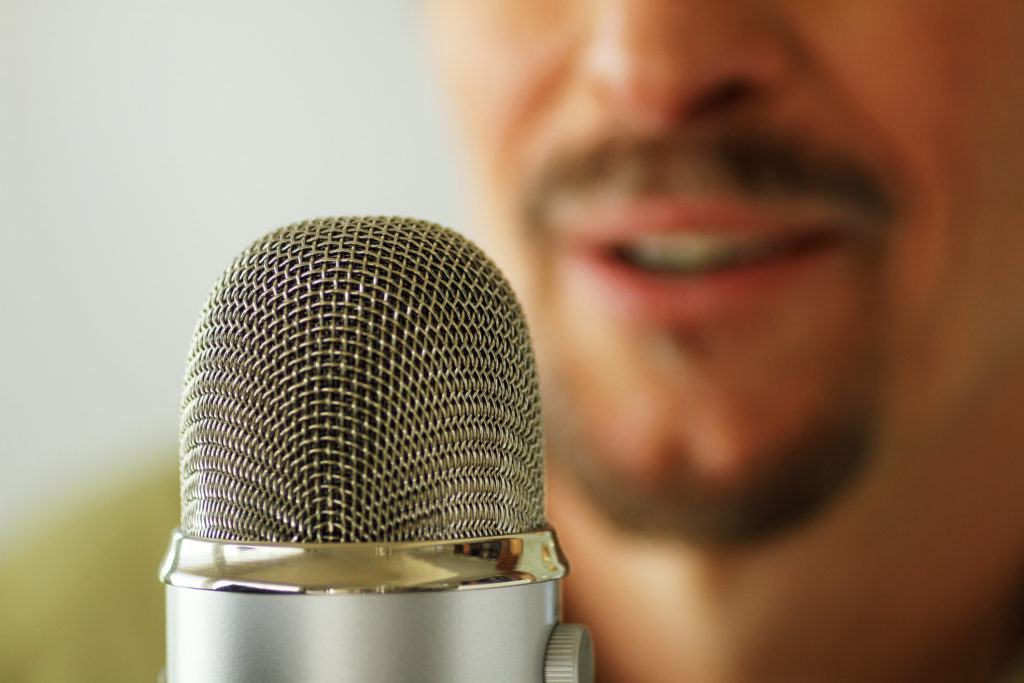
The universe of podcasting has rapidly expanded since the medium’s inception in the early 2000s. The hobbyists, experts, and purveyors of niche subjects who once populated the format now have some company, including big-time media companies, news organizations, celebrities, and even a former president and first lady.
It’s a medium that is at once intimate and global. A podcast the covers a niche interest may have a small audience, but its members come from around the world. Then, there are podcast series that attract millions. Both types of shows can succeed, as long as the host or creator is willing to keep pumping out new episodes. Here’s where you come in.
With hundreds of thousands of podcasts and counting, hosts need guests.
So, what makes a great podcast guest?
While some tips and techniques are timeless and as applicable to terrestrial radio as they are to a podcast, podcasting has its particularities. It is unique in its diversity, distribution, and devotion of its audience.
Being a guest on this burgeoning medium takes some know-how.
Six Ways to be a Great Podcast Guest
In the spirit of a podcast episode, we’ll start with an introduction.
Perhaps you are among the millions who have downloaded a podcast episode, or among those who subscribe to a series. If you are not:
A podcast is a collection of on-demand digital audio or video files (or recordings) that are part of an episodic series that is distributed online and can be downloaded to a computer or mobile device through an RSS feed. Listeners can subscribe to a podcast (or several), so they are alerted every time a new installment appears.
Podcast series can be led by a single host with a passion for a narrow subject, such as the work of an unheralded, but loved poet. Or, they can feature a narrator who leads a listener through a highly edited and produced episode, such as those in the investigative journalism podcast series Serial, which has been downloaded by more than 50 million people. Podcast episodes also are used to promote events and by CEOs to send messages to employees around the world.
Not to complicate matters, but terrestrial radio programs also can become a podcast episode. They may be edited for length or clarification, but they are typically an outright recording of the show that original aired on radio.
Here are some other things to consider:
- Podcast episodes tend to run longer than a typical radio show, so there is more time to dive into a subject.
- The hosts are diverse. Some podcasts are led by journalists, while many others are hosted by hobbyists, entrepreneurs, directors of nonprofits, authors, musicians, comedians, professors … you name it.
- Podcasts are pre-recorded, which means they can be edited. This can be a significant difference from traditional, terrestrial radio programs, which may include some pre-recorded content, but are “live” and not edited.
Back to the show ….
Given its potential reach, it’s a valuable medium through which to share your messages. In the podcasting world, subject experts, entrepreneurs, chief executives, influencers, authors, and others who provide quality content, valuable expertise, and dynamic deliveries tend to get booked on more shows and asked back more often. Here’s how you can make that happen:
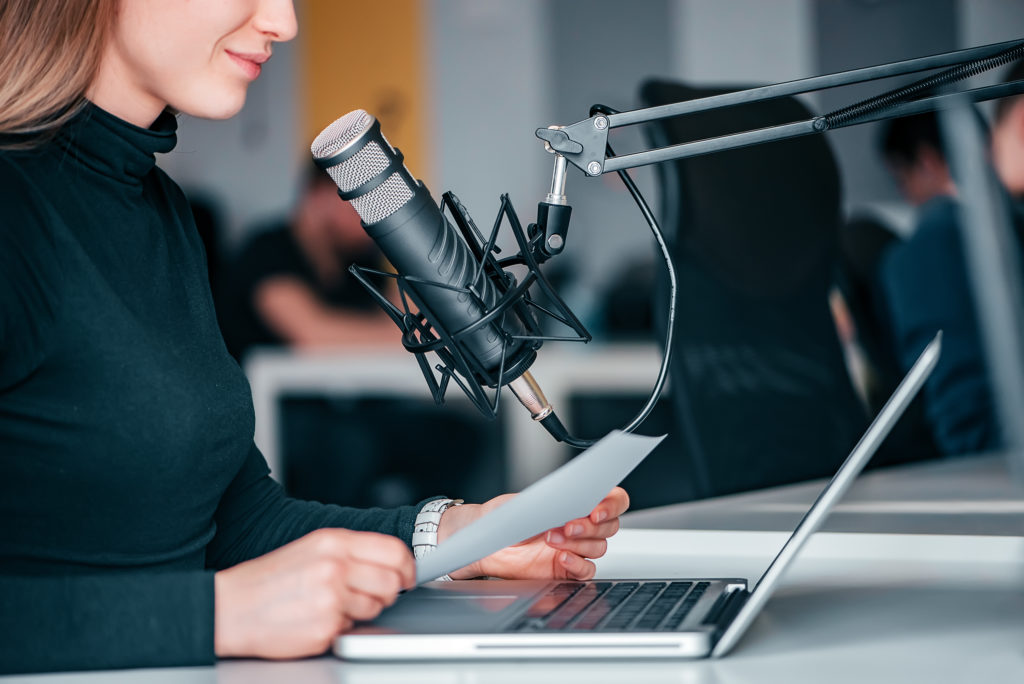
1. Know the Host
Most podcast hosts and their audiences tend to have a close-knit relationship. Imagine the most devoted fans of a traditional or terrestrial radio program and you have the audience of a particular podcast. A podcast listener has found a show among the hundreds of thousands out there and decides to press play on a regular basis. If the show happens to have a narrow focus, the host is particularly keen to the audience’s needs and will want to provide a show that:
- Expands on that knowledge
- Offers a different perspective, or
- Builds more interest around that subject (and, hopefully, the audience).
The host typically wants to interview guests who offer the expertise or value the audience seeks. In podcasting, if you want to get your story and message out to your audience, you want to make sure it is a story and message that serves the podcast host’s needs, as well. Here’s how to do that:
Tune in. Listen to several episodes of the show on which you are booked. You can get a sense of:
- The host’s personality
- The host-guest dynamic
- The host’s interviewing style
Also, check out the host’s social media presence. Podcasts tend to build a community around them, so you will get a sense of how the host interacts with the audience. This should help you to tailor your messages to fit your needs and host’s needs.
You also can assess the tone of the show:
- Is it serious?
- Is it funny?
- Is it provocative?
- Is it relaxed?
While you should still be yourself, the mood of the show will help you to tailor your delivery. If your tone doesn’t jive with the mood of the show, listeners might focus more on your delivery than your messages.
Reach out. Just as one might prepare for traditional media interviews, do some interviews of your own well before the interview.
Here are some questions to ask the host about the content:
- What is this episode about?
- Is it okay if I promote my product, event, book, etc.?
- Are there any topics I should prepare for?
- Do you have questions that you would like to send me in advance?

Jessica Rhodes
Podcast host Jessica Rhodes, who founded of Cranston, R.I.-based Interview Connections, a booking agency for podcasters and guest experts, says that if the guest pitches the host, expect the host to use what the guest pitched as the topic of the questions. If you, as a guest, were queried, then it is helpful to ask about content. She suggests that you could ask:
“What would you like to interview me about? However, many hosts will say, “I don’t have questions pre-written, we like the program to be very conversational.”
Here are some questions to pose about the logistics:
- Am I introducing myself?
- Is there anything I can do to make the editing easier? (It can help with the flow of conversation if you know if an interviewer might want you to pause in certain places – or if they plan to pause themselves after your answer and before the next question.)
And, finally, a question about the audience:
- Who is your target audience?
2. Know the Audience
While podcasts can attract a large, general interest audience, such as Serial, This American Life, or The Daily, which are downloaded by millions, the majority cater to niche audiences. Those niche listeners help to build the show’s success by consistently “tuning” in, supporting the show via social media, and recommending it to others.
A podcast host seeks subject matter experts and other guests who help them to hook their audience early, keep them listening, and encourage them to recommend the program to others.
In other words, great podcast guests make the host look good by providing knowledge that the host believes provides the best value to his or her audience. Ben J. Bogardus, who is an assistant professor of journalism at Quinnipiac University in Hamden, Conn., explains:
“Because your audience isn’t limited by the geographic reach of your signal or your paper’s distribution … if someone is interested in a niche topic, you could develop a following of all these like-minded people in small communities around the country, around the world, really about a particular topic. So, you can really narrowcast these podcasts.”
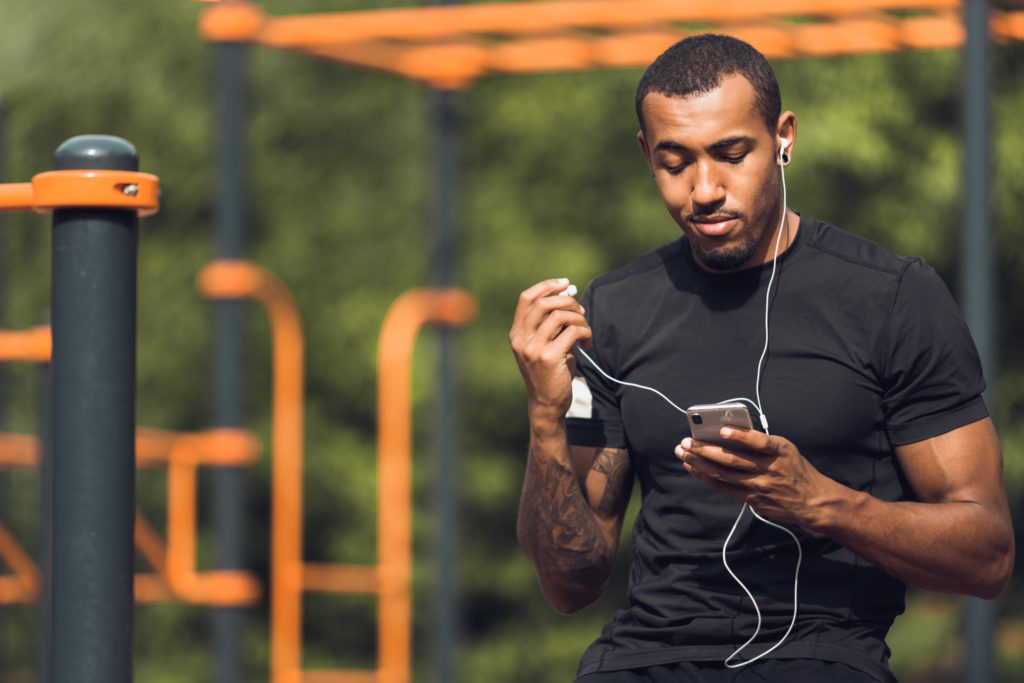
So how do you make sure your message lands with your target audience and the host’s target audience? Here are several tips:
Decline. If you think the angle of the interview and the audience does not align with your target audience, it’s probably best to politely say, “No thanks.”
If you do see a fit, then:
Ditch the pitch. Podcasts are largely advertising-free zones. Sure, you can mention your business, book, or event, but listeners are seeking free knowledge and may tune out if they suspect they are being pitched. Make sure your messages focus on the value of your expertise, not what you are looking to promote.
Mind your messages. As you prepare for your interview, find the areas where your key messages intersect with a value or need that is important to the audience, which is something you should do for any media interview. Further, when it comes to media interviews, we encourage our media training clients to see their target audience as their audience, not their interviewer. The interviewer is merely the conduit through which you reach your audience. In podcasting, however, the host is sometimes less of a conduit to the audience than an extended member of it, so you become a great podcast guest if your messages correspond to her values and needs, as well.
Seek advice. The host can be a valuable resource for understanding what is or is not relevant to the audience. Perhaps the audience seeks clarity on an aspect of the topic. Or, they want more of a “how-to.” Maybe you have been called on to help debunk preconceived notions, or to present another perspective. Your messages will more likely stick when they provide the answers the audience is seeking.
3. Know the Format
There are several formats across the podcast universe. This is what you’ll want to know:
- Are you being interviewed by a single host or a panel of hosts?
- Are you part of a traditional question-and-answer format, or a discussion?
- Is your role that of a subject expert in a nonfiction narrative story-telling format?
Next, get a sense of the editing process. Since podcasts are recorded, a host’s editing style can run the gamut from a light to a heavy touch. You might ask:
- Will my responses be edited and used as part of a larger narrative?
- If I fumble an answer, can we do a retake?

Ben Bogardus
Quinnipiac University’s Bogardus adds:
“Ideally, the host or booker or whoever is setting up the interview will describe how (the responses are) going to be used. If not, I would say, ‘Is this going to (play) … as is or are you going to be editing my answers down. So, ideally the person doing the show will say I am going to introduce you and we are going to start this tape, and then we will stop, and that will be it. Or, I will be asking you questions and recording it and I’ll work (your answers) into the story later.”
Even if “outtakes” are edited out, it doesn’t hurt to clarify any botched answer during the interview itself. Bogardus offers some additional advice if you want to revisit an answer.
“You can .. say, ‘I’d like answer that again, or let me rephrase what I just said.”
Here are several other elements to consider.
The timing. Episodes can run 10, 30, 60, or more minutes, and various durations in between. What if it is a …
Longer show. Prepare for more open-ended questions. The host is likely to want a more conversational approach, given the length, and will employ open-ended queries to encourage more than one-word answers. As with any media interview, get those messages out early and often, but given the leisurely pace, your stories, data points, and examples can be a bit longer and deployed with a lighter touch.
Shorter show. As with a more typical terrestrial radio show, it’s best to broadcast your key messages early and often so you don’t run out of time. This is something to consider if you are one segment of a longer show.
4. Know the Proper Set-up
You don’t need to create a high-tech studio, but you will need to have a few items in place, in the right environment, to ensure your interview is not only engaging but easy to listen to, as well.
The software. Many podcast hosts use Skype, Zoom or similar software to record the interview. So, make sure you have the program properly installed and that you know how to use it before the interview.
The hardware. Invest in a good microphone and set of headphones. A relatively simple and inexpensive USB microphone should do. Most computers’ internal mics will do you no favors in the audio department, so invest in an external mic. By donning headphones, the host’s voice won’t be picked up on the recording.
The environment. The whirr of a fan, the ping of an email, the shouts of neighborhood children through an open window – they all could be picked up on the recording. Eliminate as much ambient noise as possible – which includes silencing those alerts on your phone and computer. If you are recording where you could be disturbed by others, make sure they know you are “on the air.”
With your “studio” in place, it’s time for a few practice runs. The preparation may ease performance anxiety, as well as reveal technological glitches. You could also take this time to assess your audio:
- Is your voice clear?
- Are you comfortable with the pace and pitch?
- Are you at enough of a distance from the mic to prevent a “wind tunnel” effect or the pops (or “plosives”) that can occur with words that begin with certain consonants, such as “P,” “D”, “G,” “B.”
Right before your actual interview, Interview Connections’ Rhodes suggests restarting your computer and closing all unnecessary applications during the duration of the recording.
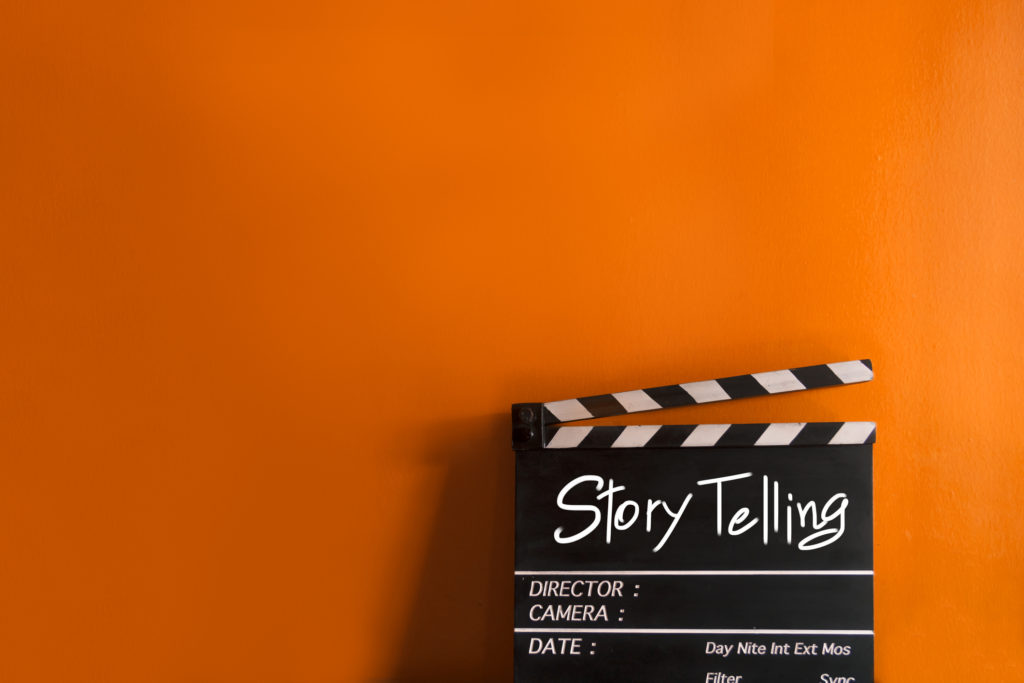
5. Know Your Story
As with any other traditional media interview, whether it be terrestrial radio, television, or a newspaper, preparation is key. The tried and true advice remains – have your key messages at the ready, along with the supporting material that will enable you to stay on message in a way that is engaging, entertaining, and interesting to the audience. The key differences between a terrestrial radio program and podcast episode, however, are its on-demand distribution and its evergreen nature.
Here are a few differences:
- Terrestrial radio programs are delivered on a specific day at a specific time. Podcast listeners can download a podcast whenever and wherever they happen to be. Podcasts follow listeners from the house, to the car, to the gym and throughout their commute.
- Listeners can pause and return to a program or replay it. Terrestrial radio shows are scheduled on a certain day and time.
- As opposed to the rather ephemeral nature of a live radio program, podcast episodes are evergreen. As long as their hosts are willing to upload them, they can be downloaded years after they were produced.
So, how do those differences affect your turn as a guest on a podcast?
We’ll soon get to that. But, first, there are some techniques and tips that transcend both mediums.
For traditional, or terrestrial, radio and podcasting, it’s important to:
Create a bulleted list of notes of your key messages, ideas, and information that you can reference during the interview. The beauty of audio is all the inflection, excitement, and warmth that your voice can bring to the interview. If you write a script or memorize your key points verbatim, your delivery is likely to be stilted. Also, if you are too busy trying to recover exact words, it’s hard to listen to what the host is saying and to come off conversational.
As Bogardus notes:
“Story is key …. Personal stories really are golden in radio and tv, because people can make an emotional connection to that. Don’t script out what it is you are going to say … because it is going to sound robotic, as if you have it memorized. Instead … I suggest (that you) write out bullet points so you can glance down and know what you want to talk about. Maybe you write down a phrase or two you want to throw out there, but you know the best conversations are off-the-cuff. So, you want to talk like you are talking to someone. With bullet points, you can actually have a conversation.”
Gather your stories. Have a basket, if you will, full of stories and amusing anecdotes and tidbits that you can mix and match to support your premise, your expertise, and your messages.
Practice your delivery. Don’t worry if you don’t tell the story the exact same way every time. The energy and engagement you bring to your delivery is more important.
Pace yourself and remember to breathe. Enthusiasm is great but remember to slow down so you clearly enunciate and allow the audience to soak in what it is that you are saying.
Be enthusiastic. During the interview, bring on your energy and engaging personality. Listeners may not see you, but they can “hear” your enthusiasm through the tone in your voice. Gestures also help improve the words spokespersons use. We typically find that people who gesture form clearer thoughts and speak more concisely.
Here are the areas where there are differences:
Breadth and depth. While there are some 10-minute podcasts, most employ a longer form, which means podcasts often offer up potentially deeper and more insightful conversations. Plan accordingly. That basket of stories and key messages needs to deep enough to last for a 30- to 60-minute interview or discussion (and sometimes longer). You have more time to let your stories breathe, so details and in-depth descriptions are crucial. And don’t be the friend or relative that drones on. Leave room for questions and the host’s observations.
Some podcasts are biographical in nature, so if you agree to a turn as a guest, be prepared for some questions about your background, your thoughts, your aspirations, and your hopes and dreams, perhaps. It would translate to a “feature”-type interview in newspapers or magazines. To the degree you are able to find natural and unforced ties back to your messages, feel free to go along for the ride. Just try to avoid those seven-second strays that become so unusual from the rest of the interview that they become the only thing that is remembered.
By the way, not every story has to be personal. If you are a spokesperson or subject matter expert representing an organization or company, plumb the depths of your organization to find the stories and anecdotes that are inspirational, emotional, interesting, and informative. For instance, the way you developed the organization’s mission could become a dramatic retelling of many different voices trying to determine the best way to serve the population you aim to help.
Here are some ways to bring a story alive:
Be descriptive. Stories are best when they are engaging, emotional, and descriptive. So whether you are telling a full-fledged story or just in an engaging conversation with the host, remember to visualize for the audience what it is that you are talking about.
For example:
“We had long been known for our ‘normal-size’ furniture, as I like to call it, but one day we got a call from a potential customer and she asked, ‘Do you have any nice furniture that will fit into my postage stamp-size New York City apartment? It also needs to do double-duty.’ We put our regular furniture on a diet, and in two months had a three-piece bedroom set – including a foldable headboard – that fit and looked great in a room that was about the size of your average parking space.”
Use literary devices. There’s nothing wrong with creating a little bit of suspense or other devices authors typically use to keep the reader turning the page. We offer up a bit of foreshadowing. For instance, you could mention how a random meeting with a stranger resulted in an “a-ha” moment, but keep the host and audience hooked momentarily while you tell them how. You could say, “For the longest time, I wondered how we were going to reach the people we most needed to reach. Then, one night, I received a phone call. I didn’t normally pick them up if I didn’t know the number, but for some reason, I was compelled to do so. And, it made all the difference. But, first let me tell you the quandary we were in.”
Be ready for tangents. Perhaps the host veers off on a topic that a.) you know nothing about b.) is taking you away from your story or message. Have a few transitional phrases at the ready:
“That point you made about gaining a new perspective is an interesting one. The recent experience that had me thinking about my work in a different way was …”
“That’s interesting. For me, I came at that from a different angle. “
“That’s something we haven’t thought a lot about, because we were so focused on the start-up. Our thoughts were about. ..”
Tailor your delivery. People tend to listen to a podcast from beginning to end, even if they pause somewhere in the middle. That’s opposed to terrestrial radio, where listeners tend to drop in and drop out as they hop in and out of the car on errands or pop in and out of a room while doing whatever it is they are doing. In a podcast, your answers have some room to breathe. You can delve deeper into the details and not worry as much about using up the time.
Evergreen nature. While it’s impossible to keep all references absolutely evergreen, be aware that the podcast you are on could be downloaded in two, five, or 10 years from now, if there is a way to access it. So, those references to snow outside the window, a current event, or a set of data tied to a year or month, may be irrelevant at best, difficult to understand at worst, if the host has not edited or added voice-overs to provide context. This is nothing to fret too much about. And in some shows, such as The Daily, which are naturally more topical, references to current events, or “day of” details are part of the flavor of the show. As with any of these tips, it’s best if you have a sense of the show and its intended audience to guide you in your responses.
Regulations. There is one universal aspect of the format. For the moment, there is no Federal Communications Commission oversight about what can and cannot be said on the show. However, even if you are free of constraints from saying something, there may still be consequences if something is deemed defamatory or libelous. Don’t let the free-form nature of the medium keep you from exercising discretion or care when it comes to the words you choose.
6. Know the Next Steps
Congratulations! Your podcast interview is through, but there is still work to be done. There are a few crucial steps to ensure the show is a great one and you are a resource the host, and other podcast creators, want to have back on their shows.
Here are a few:
Thank the host. A formal thank you goes a long way, particularly when this is someone’s passion project. Long hours researching, interviewing, and editing are rewarded when guests (and the audience) appreciate the effort.
Supplement the interview. If you mentioned any particular event, idea, item, concept, location, or other item that would benefit from additional context, send along the information so that the host can incorporate it into the show (in an edited voiceover) or in the show notes.
Ask when it will be posted. Since there may be a lag time between recording and distributing, ask if the host will let you know when it is ready for public consumption. You can certainly publicize its imminent arrival much better if you have a sense as to when your audience can access it.
This leads us to …
Promote the show. Podcasts become a success and reach a larger audience largely on word of mouth. Promote the show on your social media feed.
Podcasting is a medium that continues to grow in scope and reach. It’s also a medium that needs guests, subject matter experts, and other voices that will make for diverse, interesting, and informative programs. With these half-dozen ways to increase your know-how, you are on your way to being a great podcast guest.
